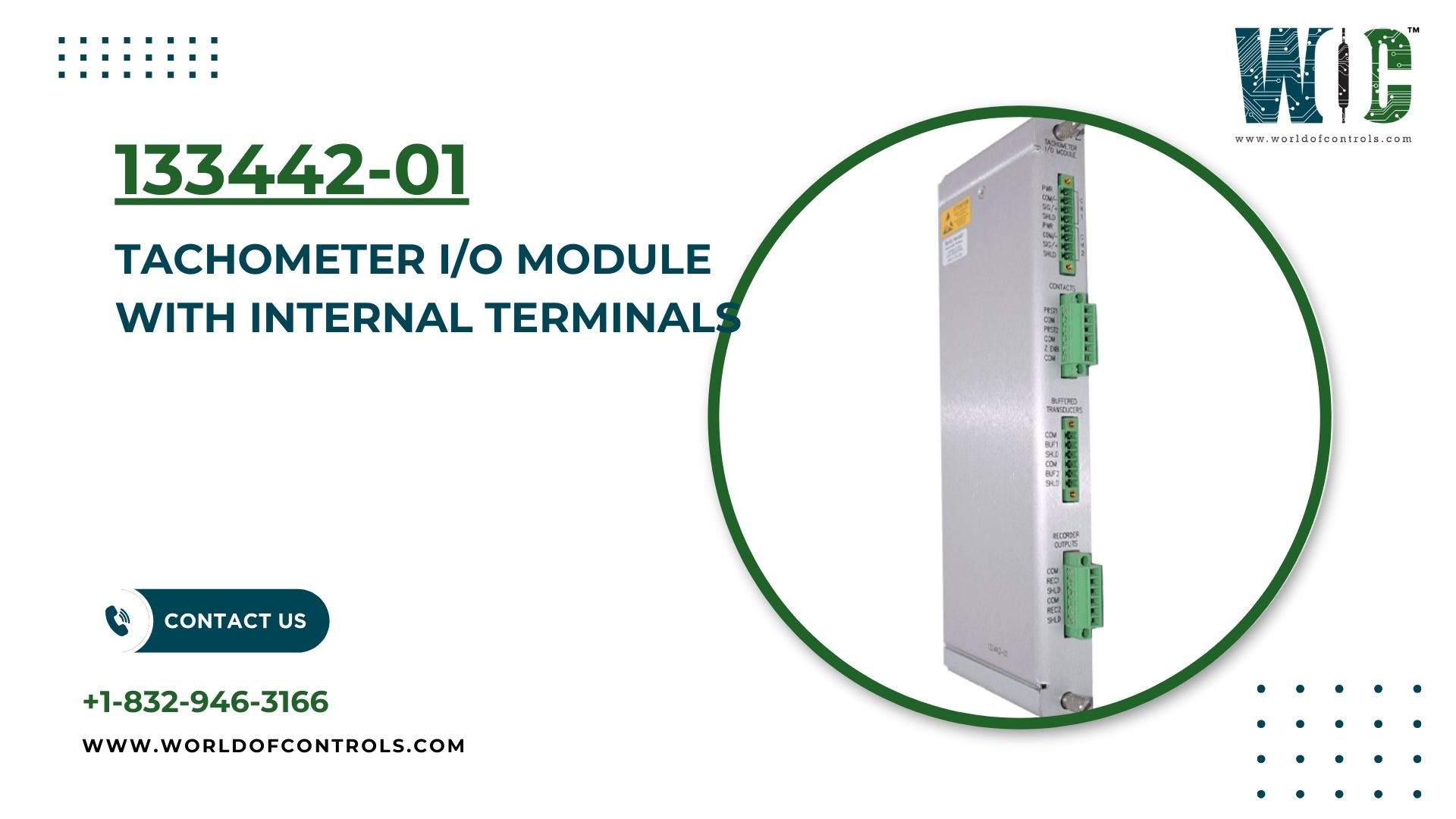Motor control systems are critical components in various industrial applications, where precise speed monitoring and control are essential for optimal performance. One of the key elements in improving these systems is the integration of tachometer I/O modules. These modules provide accurate feedback about the rotational speed of motors, which is essential for dynamic motor performance adjustment and overall system efficiency.
Understanding Tachometer I/O Modules
A tachometer I/O module is a specialized device that interfaces with a motor’s tachometer and provides real-time feedback on the speed of the motor. These modules often feature internal terminals, allowing for easy integration with control systems without the need for additional external wiring. The tachometer sends voltage or pulse signals corresponding to the motor’s speed, which the I/O module processes and relays to the controller. This enables closed-loop control, where the speed can be adjusted dynamically based on the feedback.
Key Benefits of Tachometer I/O Modules
1. Accurate Speed Measurement
Tachometer I/O modules offer highly accurate speed measurements by converting the analog or digital output from the tachometer into usable data for the control system. This feedback ensures precise regulation of motor speed, crucial for applications that require consistent performance, such as conveyors, robotics, or automated machinery.
2. Enhanced Motor Control
The integration of tachometer I/O modules improves motor control by enabling real-time adjustments to motor speed. This can help maintain constant speed despite varying loads, prevent motor overloads, and ensure smooth operation. Furthermore, feedback from the tachometer can be used for diagnostics, predicting maintenance needs, and enhancing the lifespan of the motor.
3. Reduced Wiring Complexity
Internal terminals within tachometer I/O modules streamline the connection process, eliminating the need for external connections or additional wiring. This results in a more organized and efficient setup, reducing installation time and minimizing the risk of wiring errors.
Applications in Motor Control Systems
Tachometer I/O modules are widely used in motor control applications across various industries, such as manufacturing, automation, and energy management. Some of the most common uses include:
1. Conveyor Systems
In conveyor systems, accurate speed control is crucial for maintaining consistent material flow. Tachometer I/O modules enable precise speed regulation, preventing disruptions and improving overall system efficiency.
2. Robotic Systems
Robotic arms and automated machines rely on precise motion control for accurate task execution. Tachometer I/O modules provide real-time speed feedback, ensuring that robotic movements are accurate and reliable.
3. HVAC Systems
In HVAC systems, motor speed control is essential for optimizing energy consumption and maintaining ideal operating conditions. Tachometer I/O modules allow for precise adjustments to motor speeds based on feedback from the system, ensuring efficient operation and energy savings.
Summary
Tachometer I/O modules play an integral role in enhancing motor control systems. By providing accurate, real-time feedback on motor speed, these modules facilitate dynamic control, improve performance, and contribute to the longevity of motor systems. With their internal terminals simplifying the wiring process, these modules offer a cost-effective, efficient solution for industries that rely on precise motor control. The seamless integration of tachometer I/O modules in motor control systems ensures that operations run smoothly, boosting overall productivity and system reliability.
